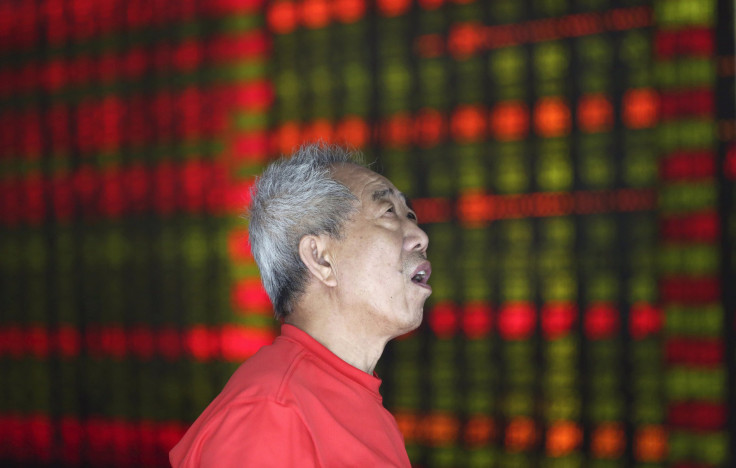China's Cash Crunch: Short-term Interbank Lending Rate Spikes Won't Hurt Growth In 2014

A cash shortage among banks in June and again in December sparked worries over China’s broader economy. HSBC economists predict that interbank rates in the world’s second-largest economy may well spike again over the course of 2014 and are likely to remain high compared to previous years as long as structural problems persist. The good news is that the filtering-through of higher money market rates to the cost of funding in the real economy should be limited.
“If banks are unable to reduce their interbank business, they may continue to rely heavily on short-term interbank borrowing, which indicates there could be volatility in money markets again at the quarter-end,” HSBC economist Qu Hongbin and Sun Junwei noted, adding that they expect steady growth in the Chinese economy.
China’s interbank lending rates spiked during the Christmas holiday to a half-year high. Before the People’s Bank of China intervened to calm the market with a reverse repo operation on Dec. 24, the seven-day repo rate jumped to an intraday high of nearly 10 percent on Dec. 23 from around 4.5 percent Dec. 17.
Both seasonal and structural factors are behind the recent spike in money market rates. In terms of seasonal factors, liquidity is traditionally tight in China at the end of the year -- a time when companies’ demand for cash rises while banks need extra cash to meet minimum deposit requirements. Economists believe the December squeeze also reflected Beijing’s tighter stance on spending. In the previous four years, fiscal reserves held by the central bank have been reduced by an average of 1.1 trillion yuan ($180 billion) in December.
While fiscal spending data for December is not yet available, economists think there was a continuation of the slower outflow of fiscal deposits from the central bank seen in November, when government deposits held by the central bank were reduced by only 43.5 billion, less than a third of the average for the past five years, leading to a tightening in liquidity relative to the previous year.
Rates have started to normalize. Yet, at the current level of around 5 percent, they are still much higher than the average of around 4 percent over the first 11 months of 2013.
The spike in interbank rates also has its roots in structural problems, according to Qu and Sun. In recent years, banks have expanded their interbank business (operation with other financial institutions) and off-balance sheet lending to maximize profits, as the interbank market provides relatively cheap money.
Economic Impact
“We expect a marginal and gradual increase in funding costs in the real economy, which is unlikely to have any meaningful impact on investment and growth in the coming quarters,” Qu and Sun said. “For China, the amount rather than the price of funding is a more important factor to growth.”
From a demand perspective, according to HSBC, infrastructure projects are less sensitive to funding costs. Meanwhile, property and private companies have already borrowed at high costs, so the impact of a marginal increase in interbank rates is limited.
Qu and Sun expect China to grow at around 7.5 percent in 2014 and monetary policy to remain unchanged, with neither immediate tightening nor immediate easing in sight.
“The gradually improving external outlook, steady investment growth and resilient consumer spending should keep China growing steadily in the coming quarters,” they said. “Moreover, with the government delivering reforms at a rapid pace, the power of private consumption and investment demand could be unleashed sooner than many expect.”
© Copyright IBTimes 2024. All rights reserved.












